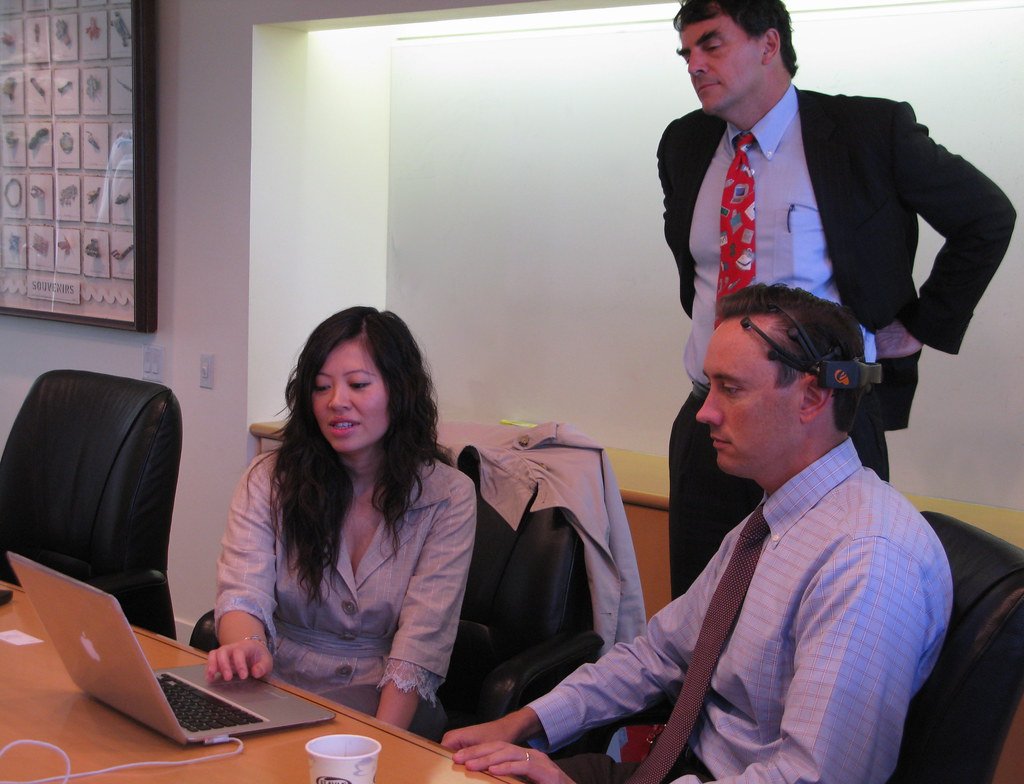Have you ever wondered what it would feel like to wake up in a world where yesterday’s science fiction is today’s reality? Well, that world is here—and it’s even more astonishing than you’d think. The pace of innovation in 2025 is nothing short of electrifying, with new breakthroughs quietly transforming our daily lives. Some of these incredible inventions might sound like they belong in a blockbuster movie, but they are real, accessible, and reshaping what’s possible. Let’s dive into seven game-changing innovations that will make you wish you’d heard about them years ago.
AI-Powered Personalized Health Coaches
Imagine having a health expert in your pocket, always just a tap away. AI-powered personalized health coaches are revolutionizing the way we approach fitness, nutrition, and wellness. These digital coaches analyze your personal data—like sleep patterns, physical activity, diet, and even stress levels—to give you advice tailored just for you. Gone are the days of generic fitness routines; now, your coach learns and adapts to your needs in real time. If you skip a workout or eat an extra slice of cake, your AI coach won’t judge you but will adjust your plan and offer encouragement. For people with chronic health conditions, these tools can even monitor symptoms and send early warnings if something seems off. It’s like having a personal trainer, nutritionist, and life coach, all rolled into one, available 24/7. Who wouldn’t want a cheerleader in their pocket, guiding them toward a healthier life?
Self-Healing Electronics
Broken screens and malfunctioning gadgets might soon be relics of the past, thanks to self-healing electronics. Scientists have created materials that can repair themselves when cracked, scratched, or damaged. Imagine dropping your phone and watching the cracks on its screen magically disappear overnight. These materials use special polymers and microcapsules filled with healing agents that burst open when the material is damaged, filling in the gaps and restoring functionality. This technology isn’t just for smartphones—it’s also being used in wearables, medical devices, and even car dashboards. Not only does this mean fewer trips to the repair shop, but it also reduces electronic waste—a win for your wallet and the planet. The next time you fumble your gadgets, you might just breathe a sigh of relief instead of panicking.
Neural Interface Wearables

It sounds straight out of a sci-fi novel: wearables that connect your brain directly to your devices. Neural interface wearables are discreet headbands or earbuds that read your brain signals and translate them into digital commands. With a simple thought, you could open an app, send a message, or control a video game. These devices are already making waves for people with disabilities, offering hands-free ways to interact with technology. But the potential goes beyond accessibility. Imagine typing an email just by thinking about it or controlling your smart home with a focused thought. Early users report a sense of empowerment, as if they’ve unlocked a superpower. The possibilities are both thrilling and a little bit mind-bending.
Carbon Capture Clothing

What if your favorite hoodie could help save the planet? Carbon capture clothing is a radical new approach to fighting climate change, turning everyday garments into tiny air purifiers. These clothes are made with special fibers that absorb carbon dioxide from the air as you go about your day. The CO2 is then stored safely in the fabric or released for later collection and recycling. It’s a small, wearable solution to a massive global problem. Designers are making these clothes stylish and comfortable so you don’t have to sacrifice fashion for the planet. Imagine a world where every step you take helps clean the air—a simple act, multiplied by millions, could make a real difference. Suddenly, putting on a jacket feels a lot more powerful.
3D-Printed Custom Medicine
The idea of one-size-fits-all medicine is fading fast, thanks to 3D-printed custom pills. Pharmacies and hospitals can now use 3D printers to create pills tailored to your exact dosage and needs. No more splitting tablets or juggling multiple prescriptions—your medication is made just for you. For children or people with unique medical requirements, this is a game changer. Doctors can combine several medications into a single, easy-to-swallow pill, reducing the risk of errors and side effects. Even better, the technology can deliver time-released doses, ensuring that medicine is absorbed at exactly the right moment for your body. This is personalized healthcare at its finest—precise, convenient, and designed to fit you like a glove.
Holographic Workstations
Remember when people dreamed of working with floating screens and virtual keyboards? That dream has arrived with holographic workstations. These setups project 3D holograms into the air, allowing you to manipulate documents, images, and even 3D models with your hands or a simple gesture. No more cluttered desks or tangled wires—your entire workspace appears and disappears at your command. For designers, engineers, and creatives, this opens up new ways to visualize and interact with their projects. Even regular office work becomes more engaging and collaborative, as colleagues can join you in a shared virtual space from anywhere in the world. It’s not just high-tech—it’s like working in a scene from your favorite futuristic movie.
Emotion-Sensing AI Assistants
Imagine if your digital assistant could tell when you’re feeling stressed, happy, or frustrated—and respond accordingly. Emotion-sensing AI assistants use subtle cues from your voice, facial expressions, and even your typing speed to gauge your mood. If you’re having a rough day, your assistant might adjust the lighting, play calming music, or suggest a break. On a good day, it might offer a joke or celebrate your achievements with you. These assistants are especially helpful for people who struggle with mental health challenges, providing gentle support and encouragement. The technology is designed to feel less like a robot and more like a caring friend. As our lives get busier and more complex, a little extra empathy from our gadgets can go a long way.

